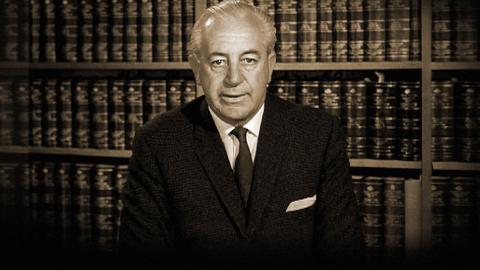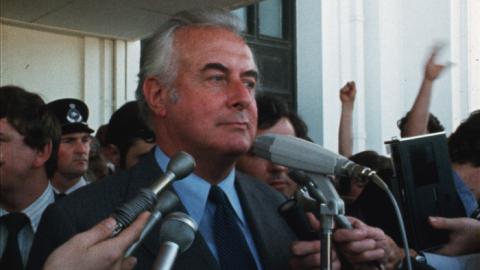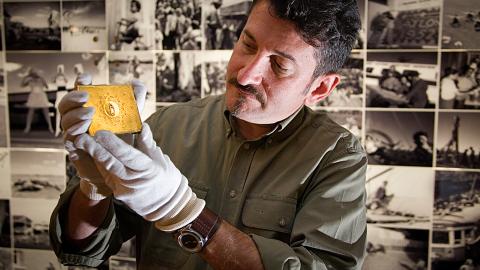

Australia Votes
Many Australians of a certain age remember Gough Whitlam’s 'It’s Time' election campaign of 1972. It changed the nature of political advertising in this country. Fast forward to 2011, and digital media is a standard part of campaigns, as in many countries. These days the ubiquity and professionalised nature of campaign advertising is taken for granted.

But spinning the democratic process is not a new phenomenon. Well before the advent of television, politicians were massaging the media. For almost 100 years election campaign advertising has contributed to political debate, and our knowledge of Australian politics.
I am one of the 2011 NFSA’s SAR Research Fellows and, since I arrived here in mid-September, I have been immersing myself in the NFSA’s holdings of Australian election campaign media.
I have restricted my initial search to pre-1956 advertisements for elections and referenda, up to the advent of television in Australia in 1956. So far I have identified over 80 items in these categories, including advertisements from 1916 – glass slides, cartoons and silent films.

Many early campaign ads lacked technical and artistic sophistication, but like all media, increased in their production values as time marched on. Highlights include an advertisement featuring the first two women elected to the Australian Parliament, Senator Dorothy Tangney and Dame Enid Lyons and a 1922 advertisement featuring Thomas ‘Lemonade’ Ley, politician and murderer.
One 1925 advertisement was, thoughtfully, produced by a filmmaker whilst his friend the candidate was overseas – an item which demonstrates the early connections between Australian politicians and the media, a comfortable arrangement which continues to this day.
Not all the ads are so controversial, however. In terms of production and content, a distinct pattern strongly emerges. It shows, although updated with the changing times, just how important the media is as a central link between parties and voters.

Political advertising has always provided an opportunity for candidates to communicate to voters in a totally controlled manner, and this project illustrates the power of the media to transmit the symbols that frame our understanding of politics.
These advertisements record the changing political, social and cultural landscape of Australia, as well as bring new insights into the workings of the media machine. They give us a visual history of the signifying practices of Australian democracy, components of popular memory that reflect and shape our culture. I hope that my work here at the NFSA will result in more of these advertisements being available to researchers and the public to view.
Examining these advertisements reveals much about the relationship between the media, the government machine and the electorate, of shifting notions of the public sphere, of visions of citizenship, and of political participation and inclusiveness.
The National Film and Sound Archive of Australia acknowledges Australia’s Aboriginal and Torres Strait Islander peoples as the Traditional Custodians of the land on which we work and live and gives respect to their Elders both past and present.


